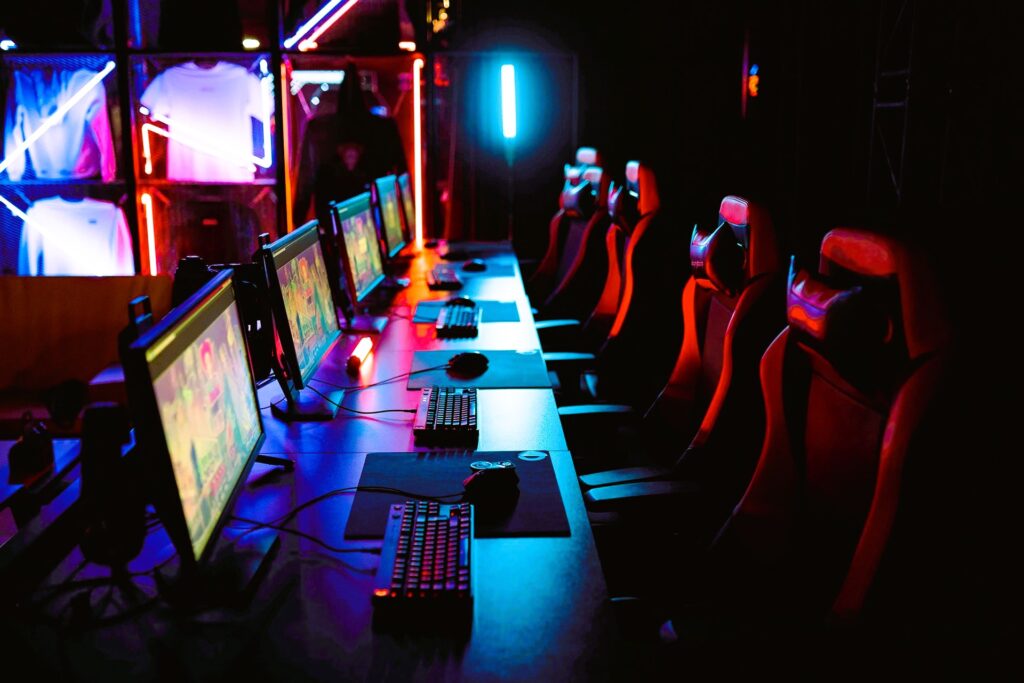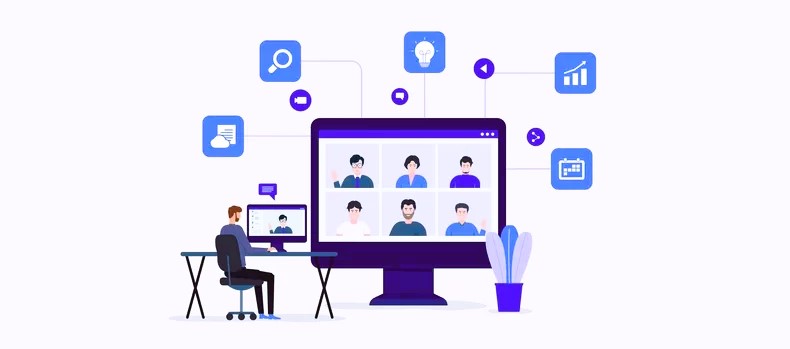The gaming community thrives on engagement, competition, and camaraderie. One of the best ways to foster these elements is through custom game events and in-game tournaments. Organizing a tournament can not only enhance player experiences but also attract new players, build community, and provide a platform for showcasing skills. This article will delve into the steps necessary for organizing and managing successful in-game tournaments.
Understanding Custom Game Events
What Are Custom Game Events?
Custom game events are specially designed gaming experiences that deviate from standard gameplay. These events can take many forms, including tournaments, challenges, or special seasonal events, often tailored to a specific game or community. Custom game events can be competitive, cooperative, or purely social, providing players with unique experiences that standard gameplay cannot offer.
Benefits of Organizing In-Game Tournaments
- Community Building: Tournaments create a sense of community among players, fostering relationships and encouraging teamwork.
- Increased Engagement: Engaging players with competitive events can boost participation, encouraging players to log in more frequently.
- Skill Development: Tournaments provide players with the opportunity to hone their skills and learn from others, fostering a spirit of improvement.
- Attracting New Players: Well-publicized events can draw in new players, enhancing the player base and promoting a game’s longevity.
For further reading on competitive gaming events, you can refer to the Wikipedia page on Esports.
Steps to Organize and Manage In-Game Tournaments

Step 1: Define the Purpose and Format
Before diving into logistics, it is essential to define the purpose of the tournament. Are you looking to create a fun, social event or a serious competitive challenge? The purpose will dictate the format of the tournament.
Tournament Formats:
- Single Elimination: Teams or players are eliminated after a single loss, creating a fast-paced competition.
- Double Elimination: Allows participants to lose once and still have a chance to compete for the championship.
- Round Robin: Every participant plays against every other participant, ideal for smaller groups.
- Swiss System: Players compete in a set number of rounds, with matchmaking based on performance, suitable for larger tournaments.
Step 2: Choose the Right Game
Selecting the right game is crucial for a successful tournament. Consider games that have a solid competitive scene and community support. Some popular choices include:
- League of Legends
- Counter-Strike: Global Offensive
- Dota 2
- Valorant
- Fortnite
Ensure that the game’s mechanics support the format you choose and that it is accessible to your target audience. Read about how to optimize your game server for high traffic and peak loads.
Step 3: Set Rules and Regulations
Establishing clear rules and regulations is essential to ensure fair play. Rules should cover aspects such as:
- Eligibility: Define who can participate. Are there age restrictions or skill levels required?
- Game Settings: Specify settings like match duration, maps, and character selections.
- Code of Conduct: Outline acceptable behavior and consequences for unsportsmanlike conduct.
- Dispute Resolution: Provide a process for handling disputes, ensuring all participants know how issues will be addressed.
Step 4: Select a Platform for Hosting
Choosing a suitable platform for hosting your tournament is vital. Options include:
- In-Game Features: Some games have built-in tournament modes that simplify organization.
- Third-Party Platforms: Websites like Battlefy, Toornament, and Challonge offer robust tools for managing tournaments.
- Social Media: Use platforms like Discord or Twitch to engage with participants, share updates, and stream matches.
Step 5: Promote Your Tournament
Effective promotion is key to attracting participants. Utilize various channels to reach your audience:
- Social Media: Share posts on platforms like Twitter, Instagram, and Facebook to generate interest.
- Gaming Forums and Communities: Engage with online communities relevant to your game to promote the event.
- Email Newsletters: If you have an existing player base, send out announcements via email to notify them about the tournament.
Step 6: Register Participants
Create an easy registration process for players to sign up. You can use Google Forms, the tournament platform, or a dedicated registration page. Ensure that you collect essential information, such as:
- Player Names and Contact Info
- Team Names (if applicable)
- Game IDs or Handles
Step 7: Schedule Matches
Once registration is complete, schedule matches according to the format you chose. Make sure to consider time zones if you have participants from different regions. Utilize tools like Google Calendar to keep everyone informed about match times.
Step 8: Stream and Share the Event

Live streaming your tournament can significantly enhance visibility and engagement. Use platforms like Twitch, YouTube, or Facebook Gaming to broadcast matches. Consider recruiting commentators or casters to provide real-time analysis, enhancing the viewer experience.
Step 9: Reward Participants
Providing rewards can motivate players and enhance participation. Rewards can include:
- In-Game Items or Currency: Offer skins, loot boxes, or game currency as prizes.
- Trophies or Medals: Physical prizes can create a sense of achievement and recognition.
- Gift Cards: Offer gift cards for gaming platforms or popular gaming merchandise.
Step 10: Gather Feedback and Evaluate
After the tournament concludes, gather feedback from participants to evaluate the event’s success. Use surveys or feedback forms to understand what went well and what could be improved. This information is invaluable for planning future tournaments.
Organizing and managing in-game tournaments can be a rewarding experience for both hosts and players. By following these steps, you can create a memorable event that enhances community engagement and fosters competition. As the gaming landscape continues to grow, custom game events will remain a vital aspect of player interaction, providing exciting opportunities for players to connect and showcase their skills.






